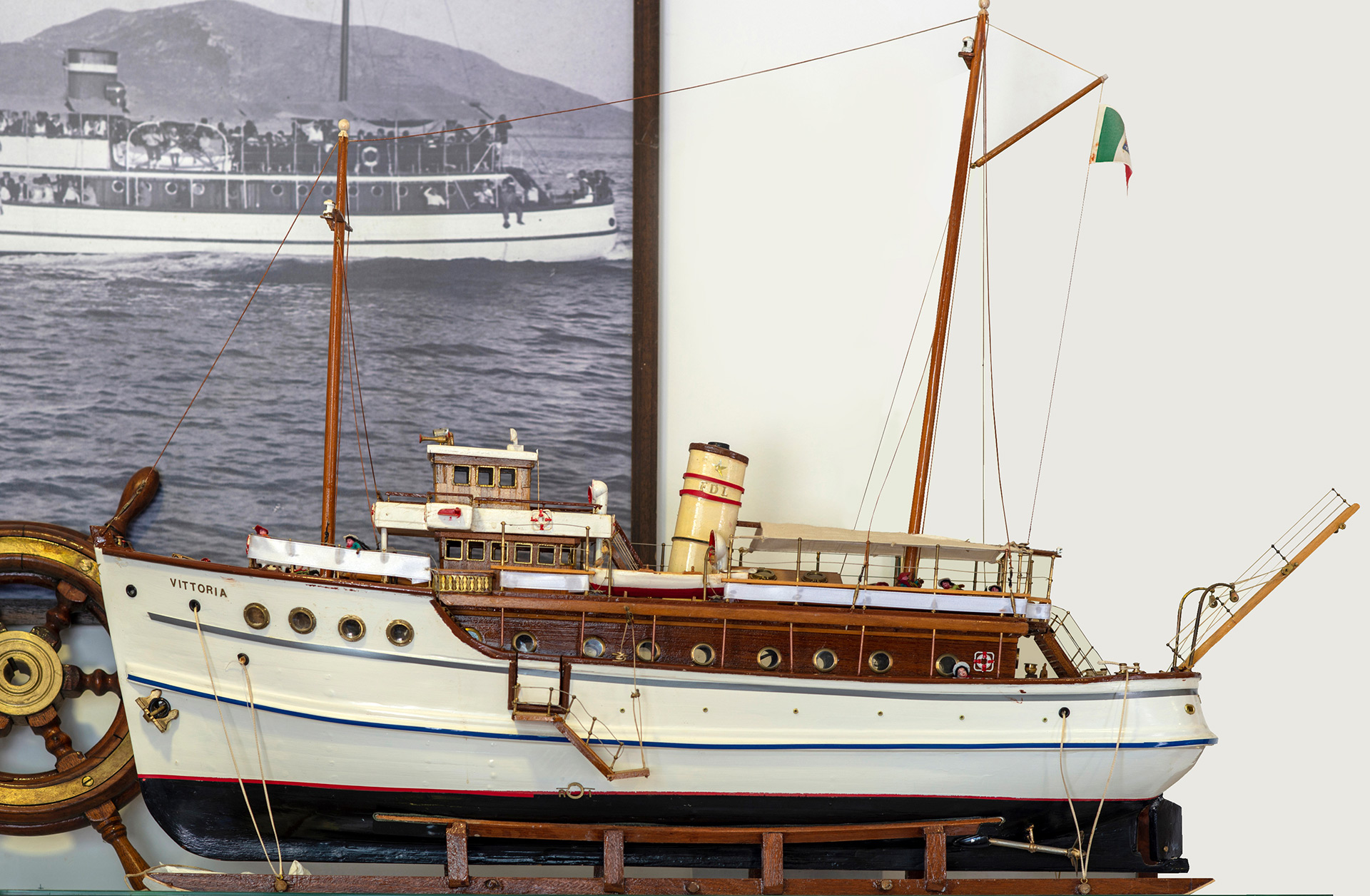
It deserves a place of honour, not only in the memory but also on the wall.
A black and white picture portraits it at sea. The name painted on the ship’s side, clearly highlighted: Vittoria. The same name we read on the model placed just below, which re-establishes colours and three-dimensionality to a vintage picture of a special ship. Originally, of a family history, which begun a century ago in Sorrento by Antonio Di Leva, captain and owner of that (still mostly) wooden motor vessel, which cut through the gulf of Naples. First confiscated due to military actions during the last war, it was then given to a cooperative of La Spezia, continuing its illustrious career in the Ligurian Sea.
As a highly experienced captain, Antonio did not lack spirit of initiative.
After the Second World War and the arrival of the first foreign tourists, mainly English, he started again with the motorboats. . 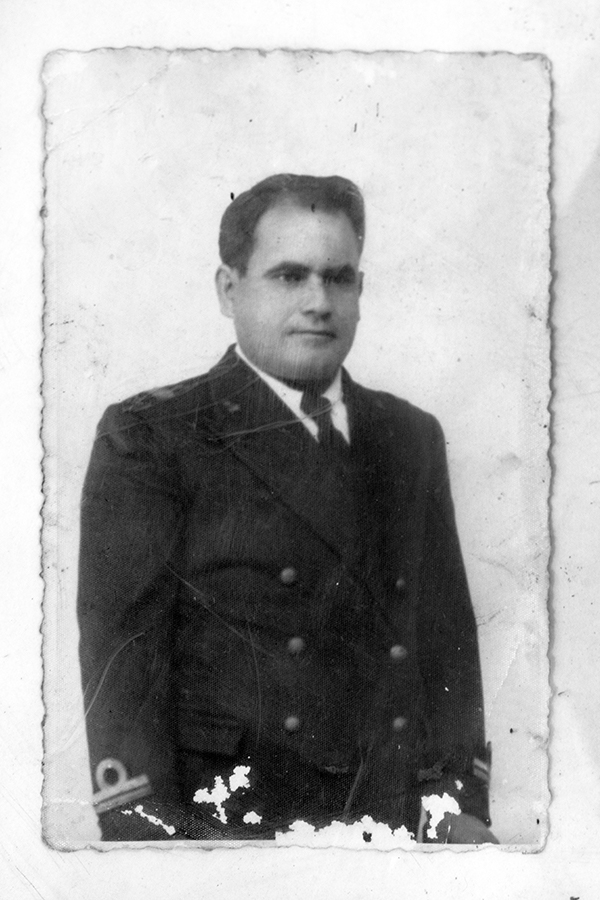 Made of polished wood, elegant and fast, he took the foreigners to Capri. He did not limit himself to the round trip between Sorrento and the island of Tiberius, but he offered the visit to the Blue Grotto entertaining the navigation with stories as a proper tour guide and providing the services of Capri excursion. Antonino believed in that new activity and so did his family, who supported and participated in the adventure.
Made of polished wood, elegant and fast, he took the foreigners to Capri. He did not limit himself to the round trip between Sorrento and the island of Tiberius, but he offered the visit to the Blue Grotto entertaining the navigation with stories as a proper tour guide and providing the services of Capri excursion. Antonino believed in that new activity and so did his family, who supported and participated in the adventure.
With the continuous increase of the tourist traffic in the Peninsula and the reputation of Capri, the number of speedboats and the connections multiplied. Di Leva had the idea to join forces of Sorrento small boat owners. It was not an easy operation, let alone a granted overcome. Sitting around a table was a semi-achievement and eventually the negotiation was successful. This is how the Sorrento Motorboats and Speed boats Group, the “Grummos” was launched. They were all partners with quotas measured in karats, such as diamonds. They agreed on allocating the presidency to Di Leva, who maintained it for a long time. Ten years later, Grummos generated the new society: Gruson, Sorrentine Group of Navigation.
“The innovation brought benefits to all the members and owners and to the travellers, who could count on a unique ticket”, as Paolo Durante remembers. Very young, he was a participant of that change as a main collaborator of the one he calls “uncle Antonino” (zio Antonino) affectionately, with recognition and a little nostalgic. “I was a boy when he started to take me with him all the time and he informed me of all the work matters – he explains – A precious development for the administrator role he entrusted me soon after. A choice supported, as usual, by his family, who has always been alongside the “boss” and his choices for everyone's sake”.
 In the meantime, the ships changed too. They were no longer made in wood: « We bought the “San Valentino”, we called it the iron ship”, tells Durante, who has become the company president.
In the meantime, the ships changed too. They were no longer made in wood: « We bought the “San Valentino”, we called it the iron ship”, tells Durante, who has become the company president.
There is also that motor vessel in the family collection. Not only photographs but also models reproduced with millimetre precision and displayed in the house, which collects memories and keeps the Di Leva's memory from one generation to another.
In one of the rooms changed into a laboratory, Carlo Di Leva dedicates himself to his passion for model ship. He is not specialised in any kind of vessels, because he reproduced some of different types and periods.
From the galleons to the sailing ships, from the merchant and battle ships, the latest work of a long series, perfect in the set of accessories, including the spaselle (small box used by fishermen to transport the fish) with the fishes, is a typical fishing boat from Sorrento.
The mastery achieved over the years with patience and dedication allowed him to reproduce all the boats belonged to the Di Leva family, from the “Vittoria” to the 1950s speedboats, and to the modern jets of the planing hull, which fly fast on the sea.
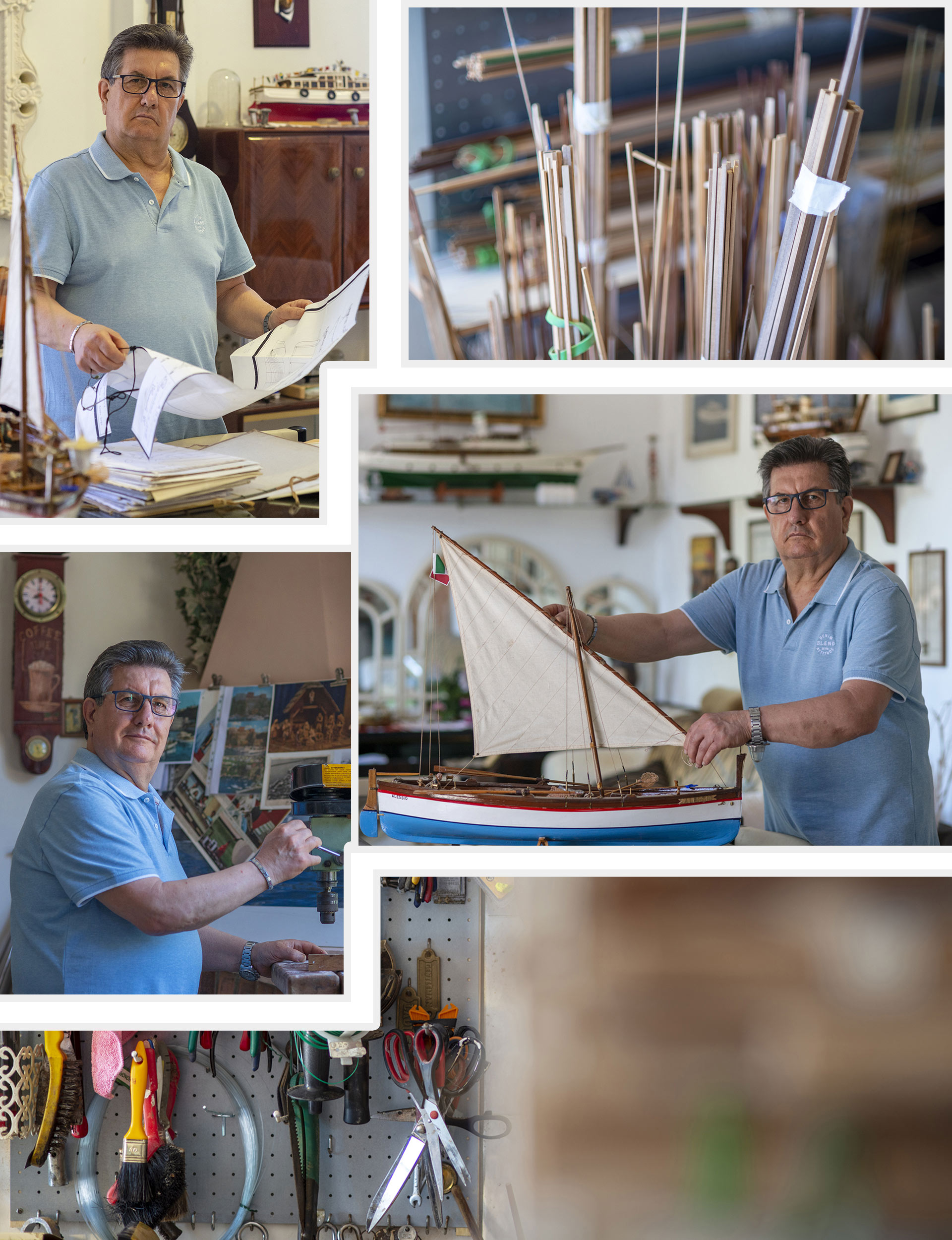
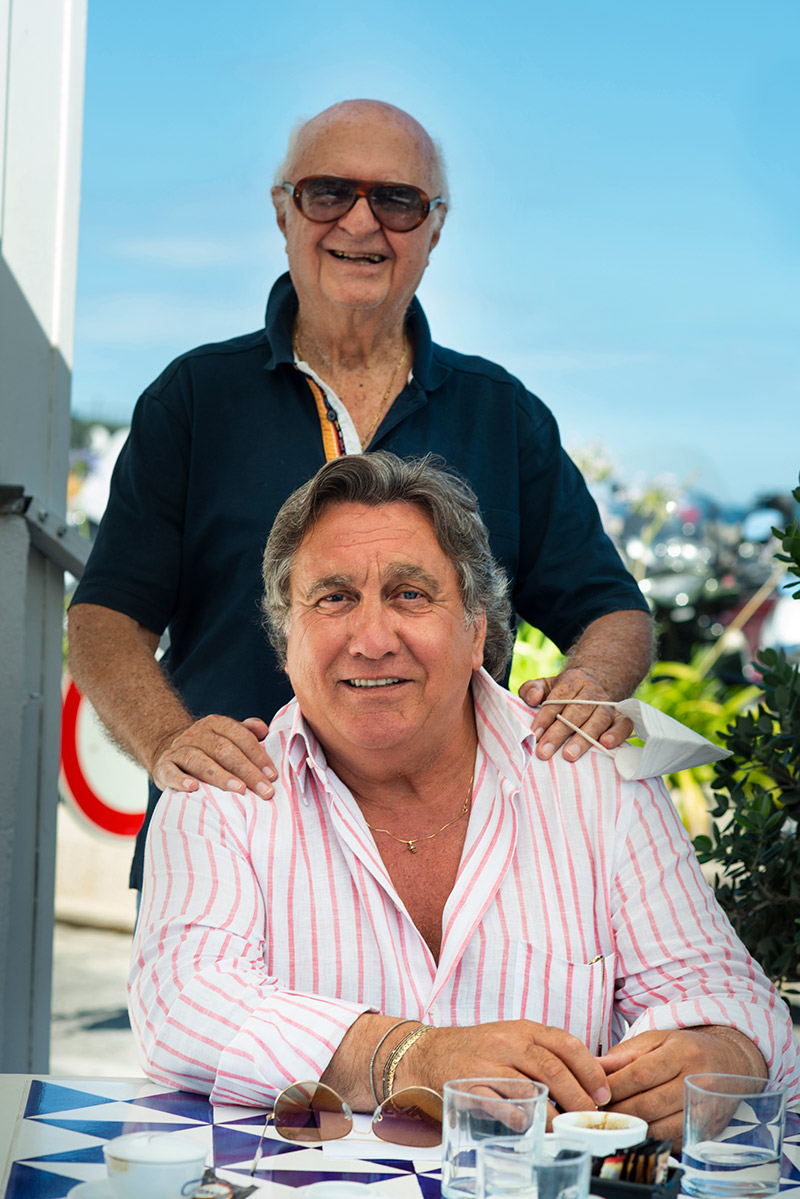
“They arrived from Norway – Paolo Durante says -
And they represent the hydrofoil’s evolution, which we used to call “popov”, due to their Russian
A new season for the navigation in the Gulf, in which once more, the authority of Antonio Di Leva has had its influence on, while his nephews, all of them captains, got the command of the family’s ships. “The period of the “popov”, (lifted out of the water with their wings), was the season of the agreement with Agostino Lauro, who took them to Ischia – Durante continues explaining – It has been another step of the navigation and of the relationships between ship-owners in the gulf. Meanwhile, as uncle Antonino did with me, I recognised my successor in Salvatore, one of his nephews, and he was proud of it. –
I passed the baton to Salvatore to continue the way when I decided to dedicate myself to the incoming tourism and to be only the company’s honorary president”.
Even if for special occasions, as Antonino and Mario Di Leva (forefather‘s nephews who succeeded to his command) say: “Every year with the faithful of the church of Santa Lucia, we go to Crapolla to celebrate the mass at sea”. The latest occasion happened for the big screen: the protagonist of “My Brilliant Friend” travelled on the “iron ship, now berthed in the port of Marina Piccola, which is a testimony too of a hundred-year family, ships and sea history.
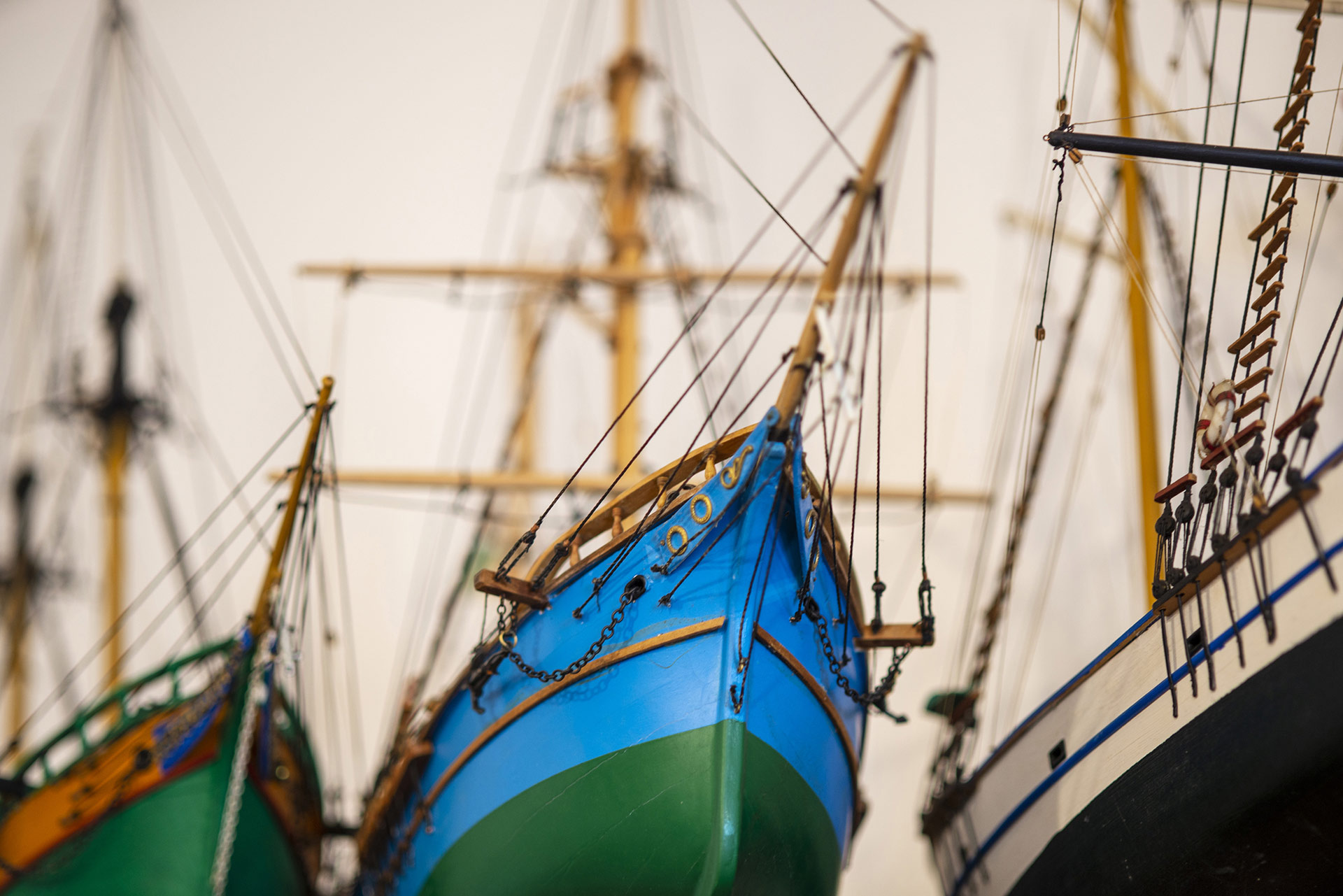

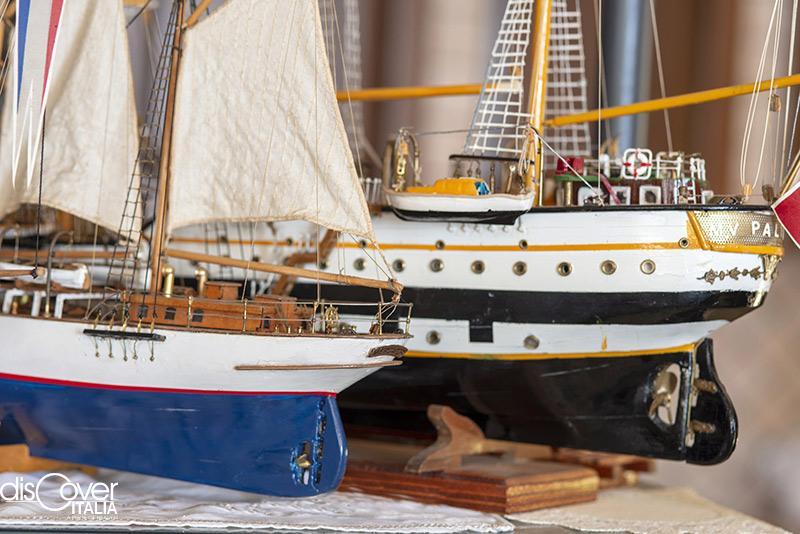

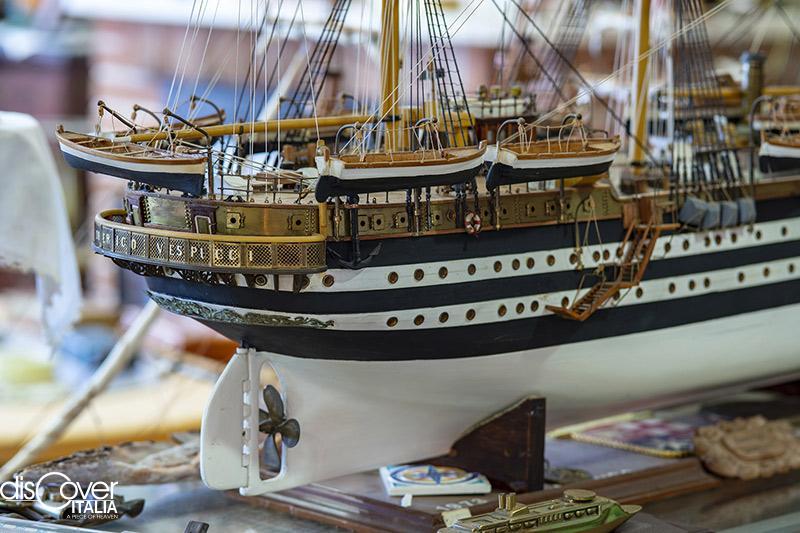

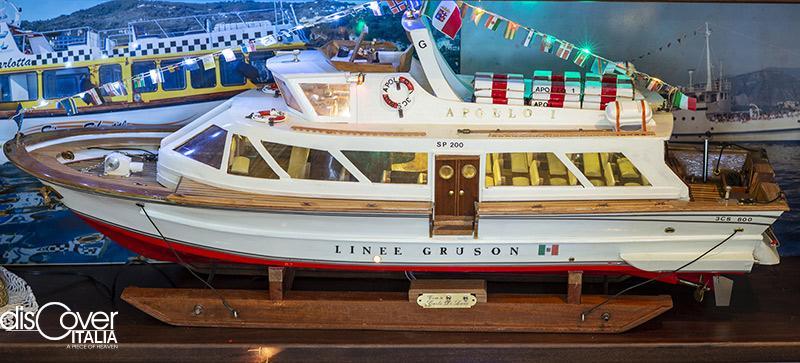
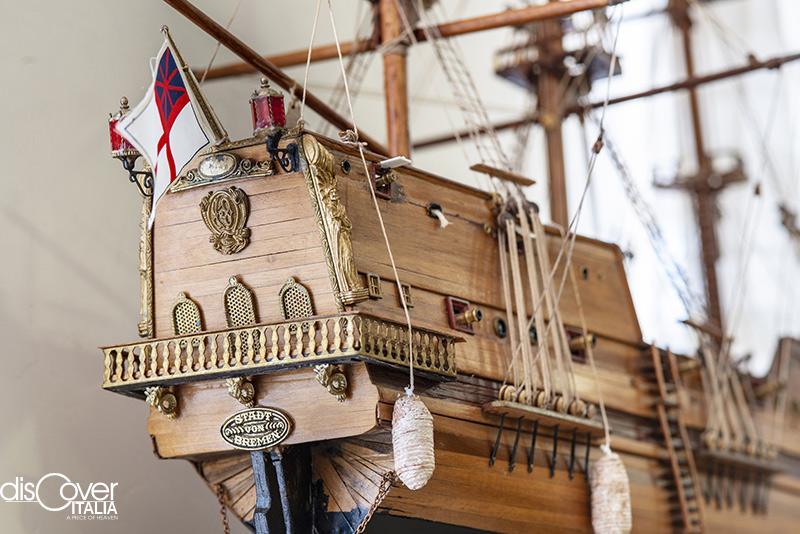

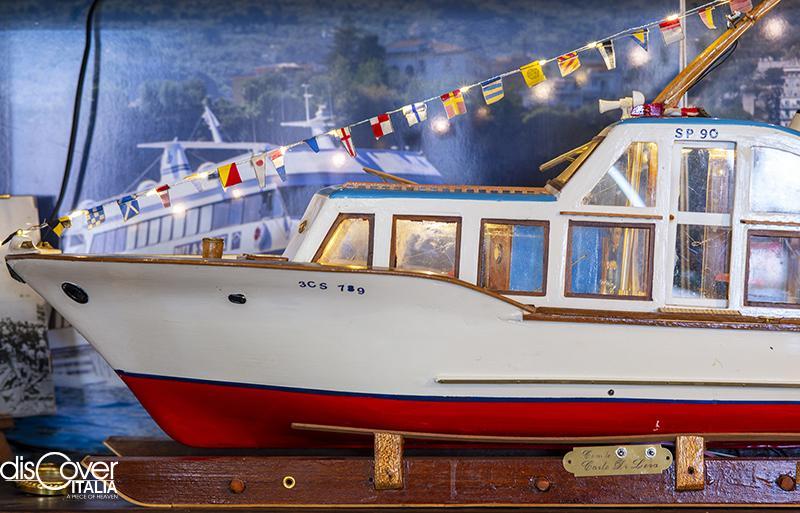


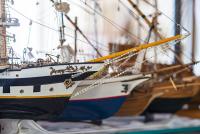

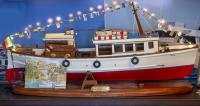


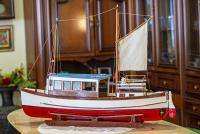

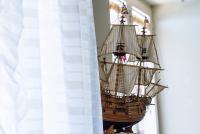


Comments powered by CComment